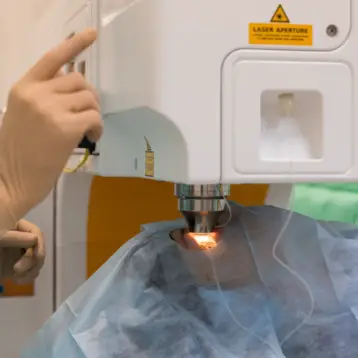|
The ante-cubital fossa (ACF) is the area in the crease of the arm where the veins are close to the surface of the skin. It is the most common place from which to take blood samples. According to its designers, the Bloodbot identifies the location of a suitable vein by pressing a probe against the surface tissue of the ACF and measuring the force on the probe. The difference in the characteristics of the tissue from its surroundings, in response to the applied force, indicates the presence of a vein.
After a suitable vein has been found, the Bloodbot inserts a needle under controlled force. The system prevents excessive needle insertion, using profiles of the force applied and the position of the needle. As a result, it becomes almost impossible to overshoot the vein.
Although tests are yet to be performed on human subjects, initial tests were already carried out on a phantom made by Limbs and Things. The phantom ‘pad’ has artificial skin, which is linked to a layer of jelly in which rubber tubes are embedded. These tubes are filled with artificial blood – designated to be sampled. The outside of this whole pad is covered by a latex membrane (simulating real skin).
According to the researchers from the Imperial College, initial tests have shown that it is definitely feasible to develop a fully functioning Bloodbot, since the phantom pad has responded well to the Bloodbot’s operation. While its future is still vague, this unprecedented project could open opportunities for other innovators wishing to make blood-taking a simpler task, not to mention other semi-invasive procedures.
TFOT has previously covered Philips’ New Health Monitoring System, a body vest with integrated textile electrodes and control electronics, and the development of the Hybrid Heart, which pumps artificial blood just as if it were inside a live animal. Other related TFOT stories include the development of biological cells that can count and ‘remember’ cellular events, and the development of artificial skin, made by an interdisciplinary team of researchers from the Fraunhofer-Gesellschaft Institute.
For more information about the Bloodbot project, see its website.










